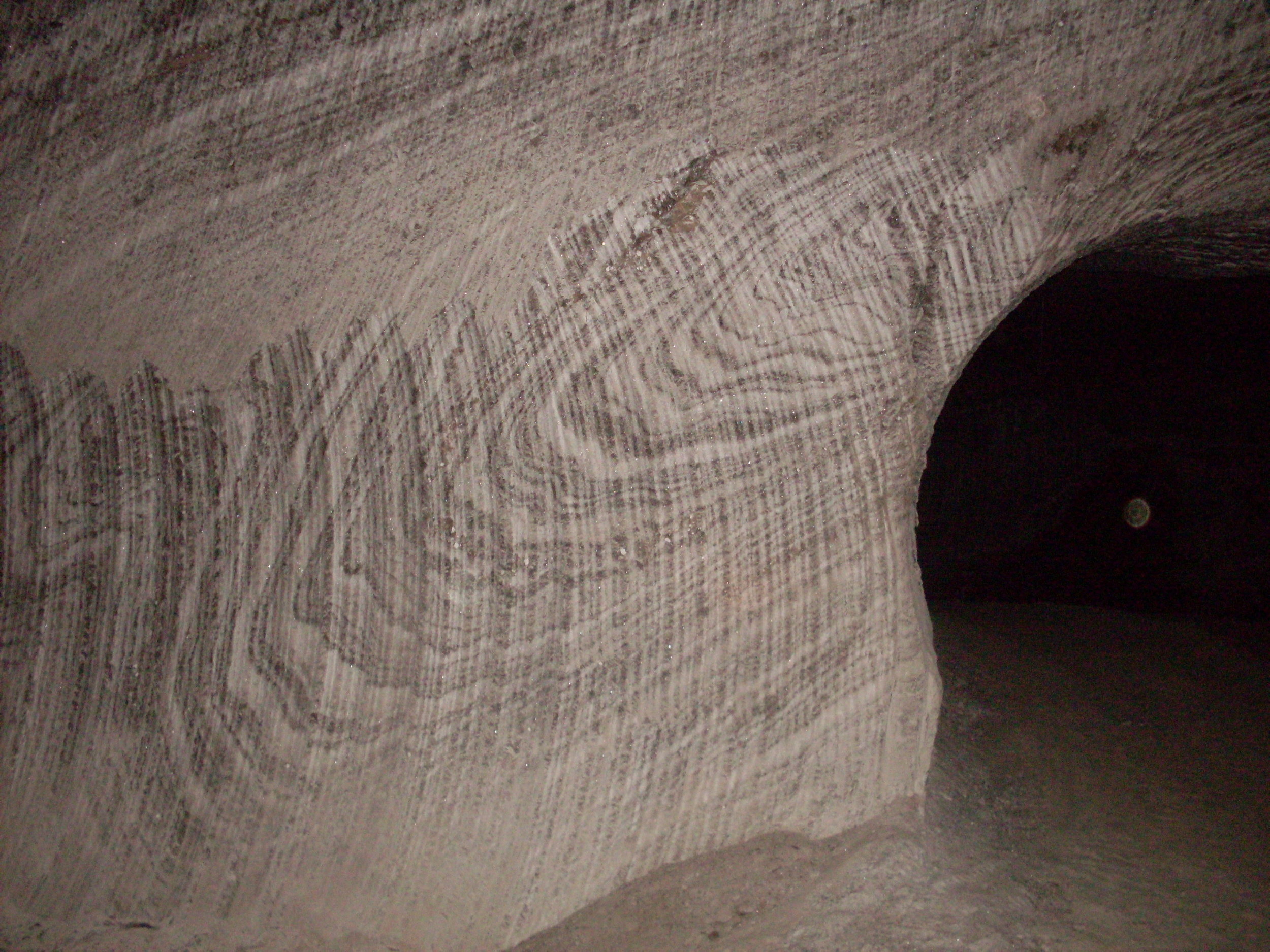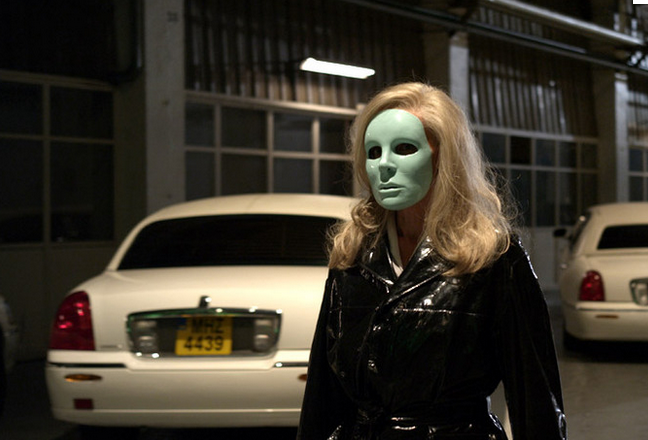My most recent doc, Salt in the Air, is set in this small village in the Carpathian Mountains. Naturally, people ask me about the town because I was going there a lot to produce the film. It's a long flight from New York to Kyiv and then a longer 13-hour overnight train ride to Mukacheva and then a significant drive 2-3 hours through the mountains to Solotvyno.
Perhaps the most common assumption is that the place is very cold. But what I found was more like a temperate microclimate, ideal for a salt-lake spa and other medical facilities. The Carpathians reminded me of the Great Smokies here in the U.S. Old, wise, misty, mysterious. The Carpathians are beautiful and appear from above as an enormous backwards C that stretches from Slovakia, through Poland, down across the lower western corner of Ukraine and into Romania, plus a small part of Hungry. I'm sure they have more serious winters than the ones I experienced. Nevertheless, the flora seems to suggest rather warm temperatures and good moisture. Over a third of all European plant species grow there. Here is a still image from Salt in the Air. You can see the mossy vines hanging from the trees, shrouding an old man and his bicycle, both obscured in an early morning fog.
According to local historians, Solotvyno itself was once a Roman town in a region called Pannonia. If you look at a map, you can see that the Carpathians form a huge basin. And before the Romans, the area around Solotvyno was a small sea that eventually dried up and was pushed together by shifting mountain ranges to form the huge salt deposit we have today. Since the fall of the Soviet Union, the village has struggled with corruption and a declining industrial economy based on salt. But they are also attempting to revive the region as a place where people can go to heal, whether from asthma by breathing in the salty air from the mines or from other ailments that the local salt lakes and mineral muds might cure. I sympathize with this effort, and yet I wonder about possible contaminants in the water and soil. The Russians are purported to have had a "secret strategic military object" inside the salt mine. (Salt is said to be impermeable to radar, at least to some degree.) More on this later, but this unproven legend naturally raises questions and concerns. Seasoned local miners, officials and old timers debate the validity of the claims. There's a lot to say about Solotvyno, so I will stop here for the time being.




